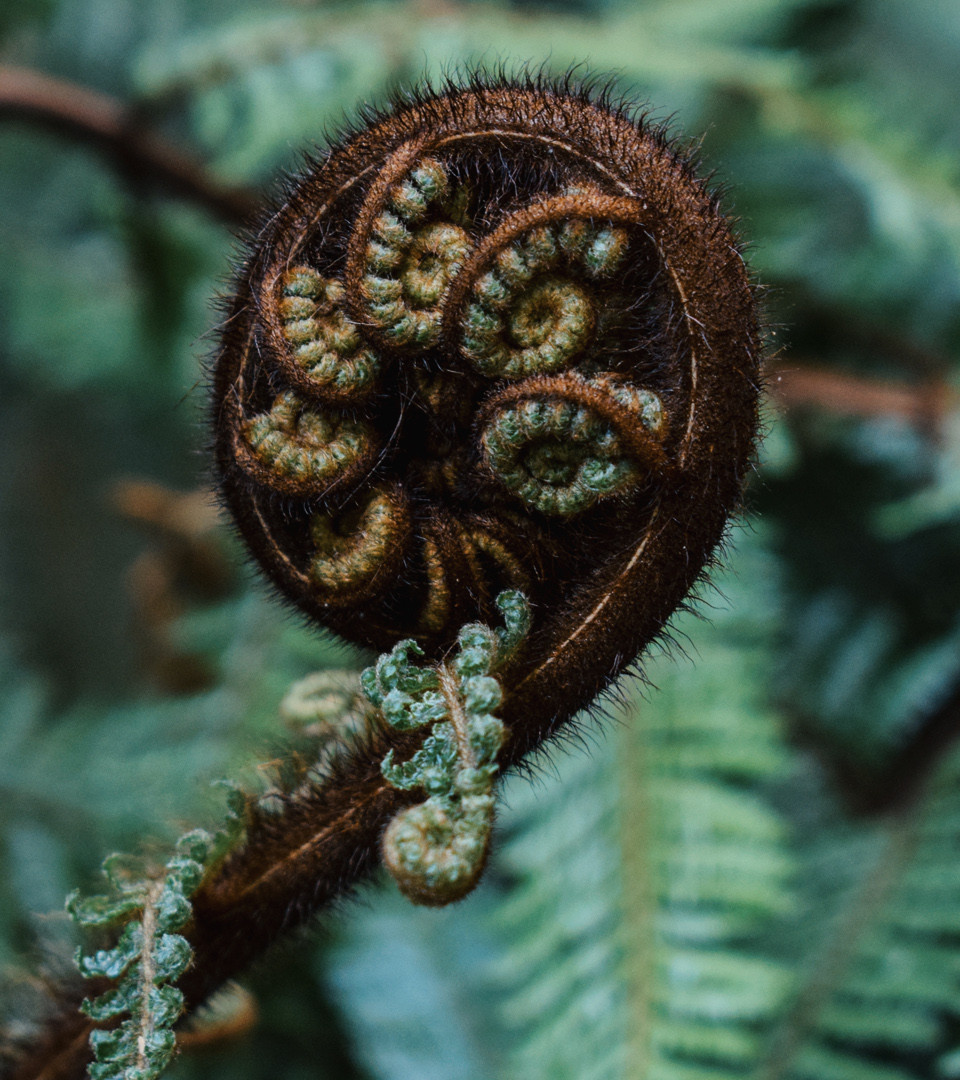
Te Ao Māori
Ōtorohanga College slam poetry
Students from Ōtorohanga College created these pieces of slam poetry about the Aotearoa wars alongside poet Te Kahu Rolleston.
Are video games cheapening Māori culture?
In 1974 mana was introduced to the gaming world via Dungeons and Dragons but does it mean as much to gamers as it does to Pacific…
NZ's own racist monuments
What should we do about these monuments? Do we keep them up to remind us of our history or add to them to provide more context…
Josie & T - Te Ao Māori
From Kapa Haka to being called Teriyaki in primary school, Josie & T kōrero about their experiences growing up in and around Māori culture.
Space Māori
Meet Dan Taipua AKA Robot Rakete AKA the Indigital Indigenous AKA the Hi-tech Half-caste AKA the Technical Tohunga. He's here to talk to you about a…
Patea's fight for the sea shore
Mining for offshore iron sand deposits could mean irreparable damage to the South Taranaki Bight, here's what the residents of Patea want you to know...
Tā moko artist Taryn Beri on the appropriation of Māori tattoos
“They genuinely admire our art and our culture but they don't understand that it's still ours to give.” - tā moko artist Taryn Beri on the…
Pūhā & Pākehā
Belinda and Jarrad are doing their bit to reconnect kiwis with the traditional kai of Aotearoa through their food truck: Puha & Pakeha. Their spice-rubbed pulled…
NZ Wars commemoration
A student-led petition led to the first ever Raa Maumahara National Day of Commemoration on October 28th 2017. Meet the teens that got over 13,000 signatures…
Whanganui Awa
The Whanganui awa (river) was the first in the world to become a living entity. Take a look at what te awa means to the locals.
Re:visit - Invasion of Parihaka
In 1881 1,600 government troops invaded the West Taranaki settlement of Parihaka. 135 years after the invasion, a reconciliation ceremony took place between ngā tāngata o…
NZ's first Bilingual City
Rotorua is officially the first bilingual city in Aotearoa ? a journey that has taken 35 years. Kia ora!
Why are so many Māori drowning in Aotearoa?
The connection between Māori and te moana (the sea) is strong, so why is it that tāngata whenua make up 22% of drownings in Aotearoa?












